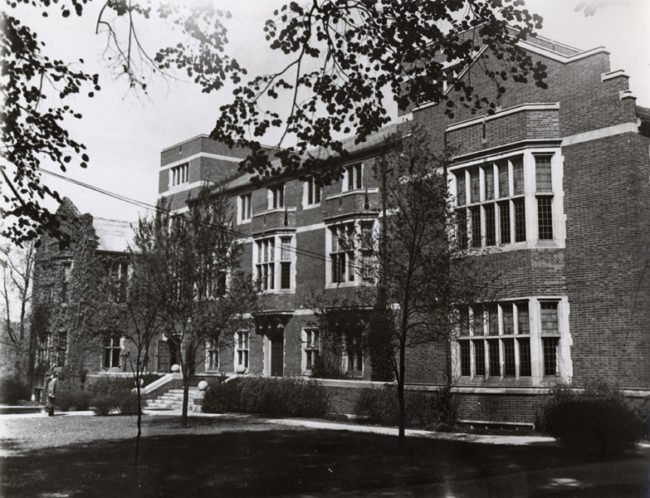College Likely Letters and Predicting Acceptance Rates
This article was written based on the information and opinions presented by Shravya Kakulamarri in a CollegeVine livestream. You can watch the full livestream for more info.
What’s Covered:
Most students get their acceptance letters in the early spring. Some colleges with rolling admissions will let you know before this, and other colleges with official admissions release dates send out letters early to applicants, informing them of their acceptance. This is often done to entice students to accept the offer to their school. Colleges use these methods to wield good acceptance outcomes. In this article, you’ll learn about likely letters and other ways that colleges try to get your attention to impact their overall acceptance rates.
Likely Letter Statistics
You shouldn’t worry too much about not getting a likely letter. The vast majority of applicants won’t; they’ll learn about their admissions status on the date of the school’s official admissions decision, which will be sometime in late March or early April. Before this, most students only hear from a school when they’re asking for an updated report card.
As an example of the rarity of likely letters, Vanderbilt University invites about 200 students to its Medley Of Students And Ideas Connecting (MOSAIC) Program but only accepts around 2,000 students annually. This means that around 10% of accepted students will receive their likely letter.
Similarly, in 2015, the University of Pennsylvania received more than 37,000 applications and only admitted about 3,500 students. About 400 of these admitted students received a likely letter.
So, if you don’t receive one of these letters, you shouldn’t panic. If you do get one, you can breathe a sigh of relief, as you’ll get an official acceptance letter soon, and you may even be one of the school’s top applicants. After receiving a likely letter, you might be excited to attend the school that’s accepted you—and to potentially receive a bigger financial aid package. The college has already said that you’re getting in, so it clearly wants you to attend, right?
Unfortunately, likely letters don’t necessarily increase your chances of scholarships or significant aid. George Washington University offers many scholarships, and it sends out likely letters, but the two don’t always go together. A college might want you to attend, but this doesn’t mean it will give you everything that you need.
Promotional Letters
Sending out letters of any kind to students and applicants can help drum up excitement for a particular college. A likely letter is special news that you can share with other people. Many colleges also send promotional letters, pamphlets, and flyers asking you to apply to their schools when you’re in 11th and 12th grade. These are meant to get you interested in the colleges.
These schools often want to recruit you, though some universities send out letters to students whom they very likely won’t accept. They believe that if a student gets this kind of promotional letter, they’ll apply, and this will mean a larger applicant pool. If more students apply to a school with a limited number of spots, the overall acceptance rate will inevitably drop.
Acceptance rates usually correlate with prestige. Colleges want many students to apply, as this means their acceptance rate will go down and their general reputation will rise.
Since colleges have this mindset, you shouldn’t view a promotional letter as a guarantee that one wants you to attend. However, if you receive something like a fee waiver, this is a more significant indicator that a college is trying to recruit you. A university that’s willing to pay for your application fee is more likely to accept you than one that just sends you a letter encouraging you to apply.
Even a fee waiver isn’t a sure thing, though. Sometimes, a university will send one but won’t end up admitting you after all. It’s vital to many universities that their overall admission rate decreases, as this means they’ll climb up the rankings. It would be nice to know that certain signs guarantee your acceptance, but ultimately, you need to put a great deal of effort into your application to increase your chances of getting in.



